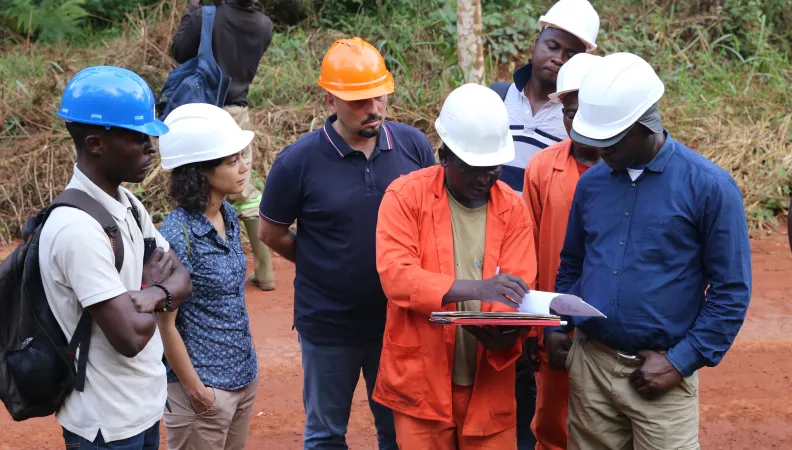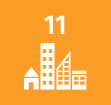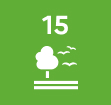Share the page
Ensure development of all the North Congo landscape (PPFNC)
Project


-
Project start date
-
Status
In progress
-
Estimated date of project termination
-
-
Project financing date
-
-
Financing duration
-
4 years
-
Type of program
-
FFEM
-
Global financing amount
-
€ 10 226 800
-
FFEM financing amount
-
€ 1 500 000
-
Project lead member institution(s)
-
AFD
-
Country and region
-
Equatorial Guinea, Central African Republic, Democratic Republic of the Congo, Cameroon
-
Type of financing
-
Beneficiaries
-
The Ministry for the Forest Economy, Sustainable development and the Environment of the Republic of the Congo
-
Type of beneficiary
-
Public local authority




The Congo basin is one of the world’s richest forest regions in terms of biodiversity and resources. Exploitation of the forest there is critical to economic development, and its sustainability is essential to conservation. The FFEM is working with the Congolese Ministry for the Forest Economy in a project to ensure rational planning across the area.
Context
The North Congo ecosystems are among the most biodiversity-rich, and least damaged, of the Congo basin. The sustainability of forestry exploitation, land pressures, poaching, road infrastructure projects, creeping urbanisation, communities caught between preservation and development. These multiple issues must be considered in planning for this land, which is home to 19 forestry concessions, 6 protected areas and a number of urban areas. The North Congo Forestry Landscape Project (PPFNC) aims to ensure that this region, covering some 8.5 million hectares, is properly managed.
To align sustainable forest exploitation with biodiversity conservation and local development, the PPNFC’s “landscape” approach takes an integrated view of the area which takes account of all the ways the area is used. Supported by the FFEM, it promotes rational management across the region.
Description
The project has four components:
- Improving biodiversity and ecological corridors, by reinforcing the effectiveness of the fight against poaching and integrating biodiversity conservation into forestry and mineral extraction activities.
- Reducing anthropic pressures on forest ecosystems by encouraging the development of agricultural activities in community development areas and urban outskirts.
- Pursuing a sustainable management dynamic for the forests in forestry concessions whether or not they have a validated development plan.
- Supporting an integrated landscape approach to land management in the North Congo.
Outcomes
- Contribution to conservation activities - protection of wildlife, bio-monitoring, reducing deforestation, measuring the effects of forest exploitation on the forest ecosystems, supporting the implementation of good practices.
- Putting in place a series of community development initiatives (for both the land and village areas) through measures to reduce nomadic farming, supported by the structuring of agricultural and fishing sectors, and the exploitation of forestry products other than wood.
- Improvement of forestry concession performances by supporting the implementation of conservation activities
Innovative and exemplary features
This project is based on a new technique known as the “landscape” approach. This favours a holistic view which responds to all the sustainable development pillars through activities addressing environmental, social and economic objectives. In such a vital geographic area, this all-encompassing management approach comes into play ahead of any subsequent socio-economic developments and is part of a process initiated a decade or so ago, with the development of sustainable forest management programmes. The launch of a platform to oversee the land development in the North Congo, and a tool to monitor and steer change in real time, is also innovative for this type of project.
Sustainable Development Goals
ODD1 No poverty

ODD11 Sustainable cities and communities

ODD13 Climate action

ODD15 Life on land



